The Tiny Inn Manekineko Gotokuji in Tokyo, Japan, claims the title of the nation’s smallest apartment, measuring 94 square feet (8.7 square meters). Its location, about 1640 feet (500 meters) from the Gotoku-ji Temple, is conveniently near Gotokuji Station and various landmarks such as the Sakura Shrine and Shimotakaido Oozora Park. The apartment is available for rent between $210 (€189, £161) to $270 (€243, £207) per month. Owned by the Ochiai family since its establishment in 1978, the Tiny Inn is a testament to the ingenuity required for living in Japan’s dense urban environments. This design philosophy extends to materials like wood and glass, favored for creating the illusion of space and light in compact settings. The architectural challenges of such diminutive spaces include ensuring adequate light, ventilation, and storage while complying with building codes. Tiny Inn Manekineko Gotokuji, though not part of a condominium complex, exemplifies the trend towards maximizing limited living spaces through innovative design. This trend underscores a significant shift in urban living, with micro-apartments increasingly seen as viable options for young, single residents in cities like Tokyo, where the market for such units has grown substantially.
Where is the smallest apartment in Japan located?
The Tiny Inn Manekineko Gotokuji is a 710 square foot (66 square meter) apartment at 1 Chome-22-14 Gotokuji, Setagaya City, Tokyo 158-0097, Japan. The GPS coordinates are 35°39’29.0″N 139°38’55.1″E. The apartment is in a quiet residential neighborhood about 1640 feet (500 meters) from the Gotoku-ji Temple, the birthplace of the famous maneki-neko (beckoning cat) lucky cat figurines. Some of the closest landmarks and attractions include the Gotokuji Station on the Odakyu Odawara Line, just a few minutes walk away. The Sakura Shrine is 0.9 miles (1.5 km) away, and the Shimotakaido Oozora Park is 3.1 miles (5 km) from the apartment. The center of Tokyo and famous attractions such as the Tokyo Skytree, Sensoji Temple, and the famous Shibuya Crossing are 6.2 miles (10 km) away, a 15-20 minute drive or 25-30 minutes by train. The nearest major airport is Tokyo Haneda International Airport, 25 miles (40 km) away, a 25-minute drive.
What is the size of the smallest apartment in Japan?
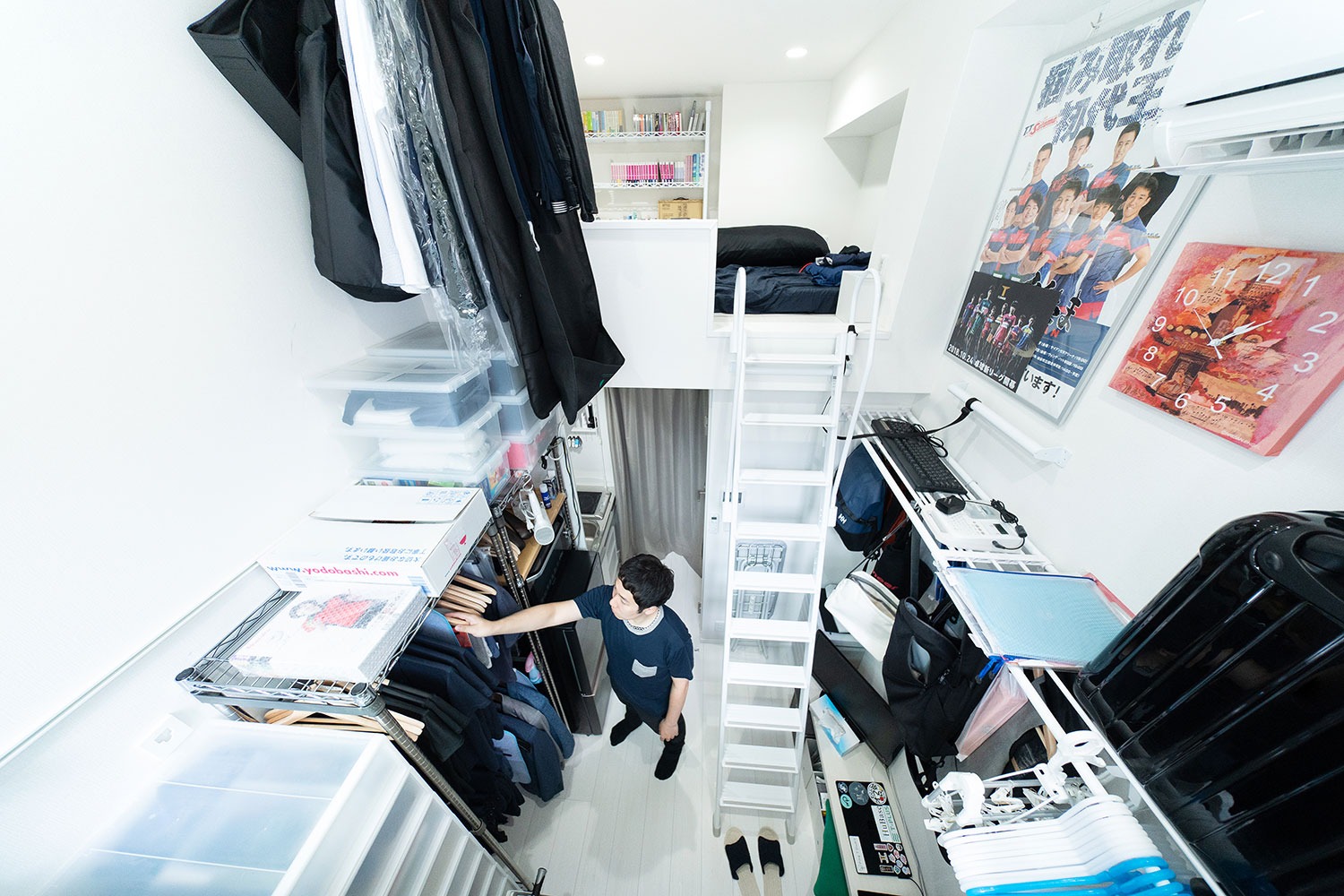
The Tiny Inn Manekineko Gotokuji is the smallest apartment in Japan, with 94 square feet (8.7 square meters). The apartment is smaller than many people’s bedrooms. It measures 6 feet (2.1 meters) across by 13 feet (4 meters) deep. Upon entering the 10 feet (3 meters) high apartment, the combined living room/bedroom area occupies 68 square feet (6.3 square meters) of the total space. The bed folds into the wall during the daytime to create more open floor space. In the corner is a tiny kitchenette with a single burner stove, a small sink, and a miniature refrigerator tucked underneath. At 16 square feet (1.5 square meters), it offers enough room for one person to prep simple meals. Across from the kitchen is the bathroom, measuring only 4 feet (1.3 meters) by 3 feet (1 meter) and featuring a small stand-up shower.
What is the price of the smallest apartment in Japan?
The Tiny Inn Manekineko Gotokuji apartment in Tokyo rents for $210 (€189, £161) to $270 (€243, £207) per month, measures 9 feet (2.7 meters) wide by 13 feet (4 meters) deep, constituting an ultra-compact 108 square feet (10 square meters). The unit features creative design elements such as a step-up sleeping area that converts from an entrance platform during the day to a bed measuring 55 inches (140 centimeters) by 79 inches (200 centimeters). The kitchen fits a sink, cooktop burner, mini-fridge, and microwave oven along a narrow 3-foot (1 meter) strip of countertop. The unit also contains a compact wet bath area with a toilet, sink, and tiny shower stall.
How many bedrooms are there in the smallest apartment in Japan?
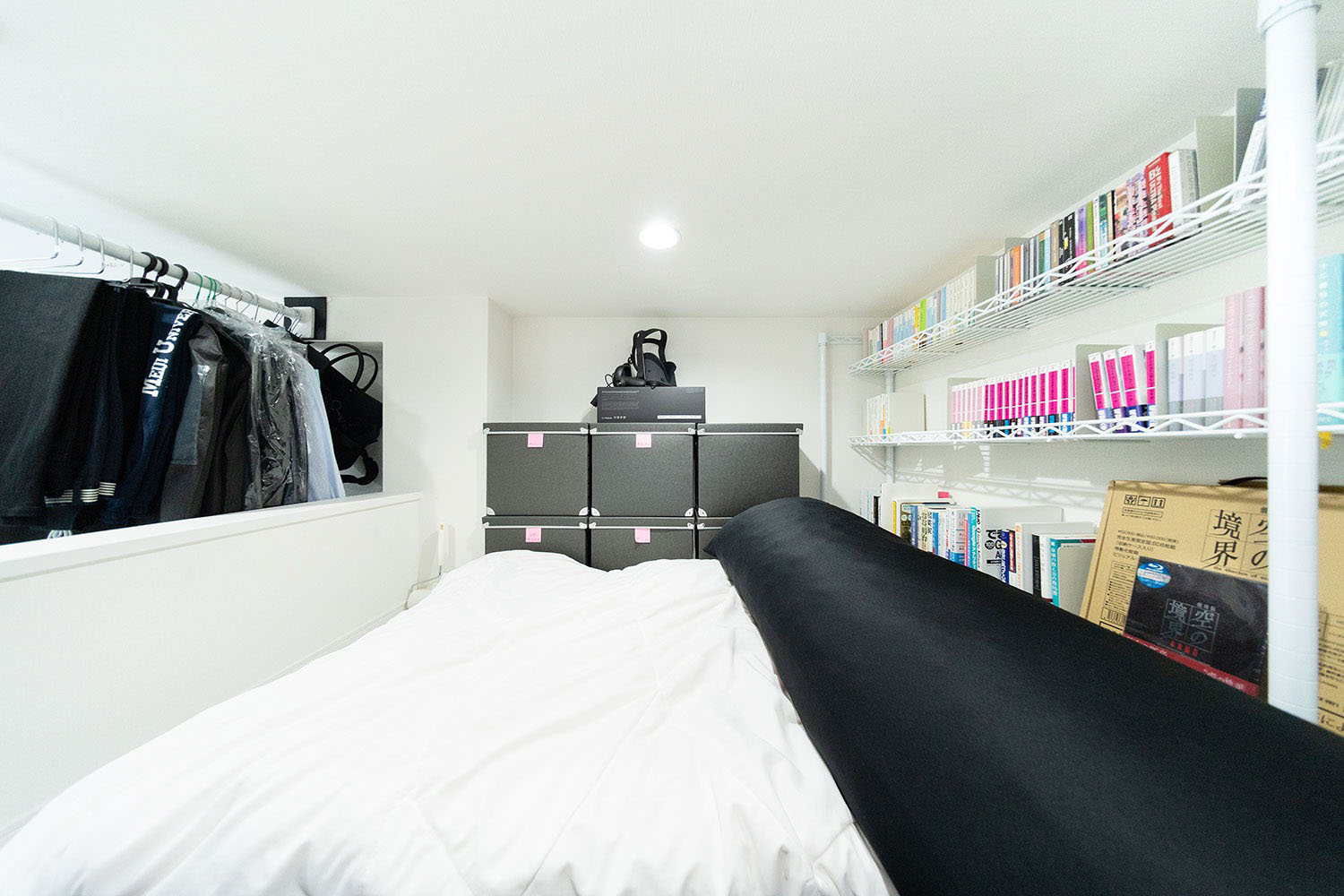
The Tiny Inn Manekineko Gotokuji is an ultra-compact rental apartment measuring 94 square feet (8.7 square meters) in total interior floor space. This distinctive micro-apartment in Tokyo does not contain a separate bedroom. The entrance area features an innovative convertible step-up platform that switches from an entry space during the daytime to sleeping quarters at night. There is no dedicated bedroom, and the tiny inn enables sleeping accommodations for its residents within an all-in-one multifunctional standard room using space-efficient convertible furniture that serves dual purposes.
How many bathrooms are there in the smallest apartment in Japan?
The Tiny Inn Manekineko Gotokuji apartment in Tokyo has a single integrated bathroom within its 108 square feet (10 square meters) footprint. The compact wet bath area is minimally yet efficiently equipped due to the confined interior space. It features a small enclosed shower stall, standard toilet, and tiny sink, all in proximity to maximize the narrow available area. All within the entryway and kitchen zone in this all-in-one micro-apartment layout devoid of dividing walls.
Who is the current owner of the smallest apartment in Japan?
Tiny Inn Manekineko GOTOKUJI is owned and operated by the Ochiai family. Started in 1978 by Akira Ochiai’s cozy inn offers compact rooms and micro-apartments decorated with colorful traditional maneki-neko (beckoning cat) statues and kitschy furnishings. This family-run business has been passed down through three generations and is now managed by Akira’s grandson, Tadashi Ochiai. All interior and exterior renovations over the decades have maintained the inn’s original charm while enhancing comfort.
Who designed the smallest apartment in Japan?
The inn was established in 1978 by Akira Ochiai and has remained family-owned for over 40 years. Akira Ochiai may have been involved in the inn’s initial design and aesthetic decisions. Most tiny apartments are done via individual DIY conversions of existing buildings, and there likely isn’t an architect on record. Each landlord’s floor plans focused on optimizing the limited square footage more than aesthetics. The priority is packing necessities like a single bed, mini kitchen, and tiny bathroom.
Who built the smallest apartment in Japan?
Tiny Inn Manekineko GOTOKUJI’s original construction documents have yet to be publicly available. The land hosting Gotokuji Inn was passed down through the Ochiai family, suggesting Akira himself financed and oversaw the initial building of the inn on his own inherited plot. The current inn manager and Akira’s grandson Tadashi confirmed that his grandfather worked closely with local architects and contractors to design Manekineko Gotokuji “from the ground up” as a community lodging space reflecting his childhood in postwar Tokyo.
What architectural style is the smallest apartment in Japan built with?
The Tiny Inn Manekineko Gotokuji’s architectural style is minimalism and traditional Japanese architecture. This style is characterized by its efficient use of space, where every element serves multiple purposes, reflecting the minimalist principle of “less is more.” The design incorporates traditional Japanese elements, such as tatami mats, sliding shoji doors, and wooden accents. Integrating modern technologies and materials with traditional techniques ensures that the space is culturally resonant and meets contemporary comfort and energy efficiency standards.
What materials are preferred for small-scale apartments in Japan and why?
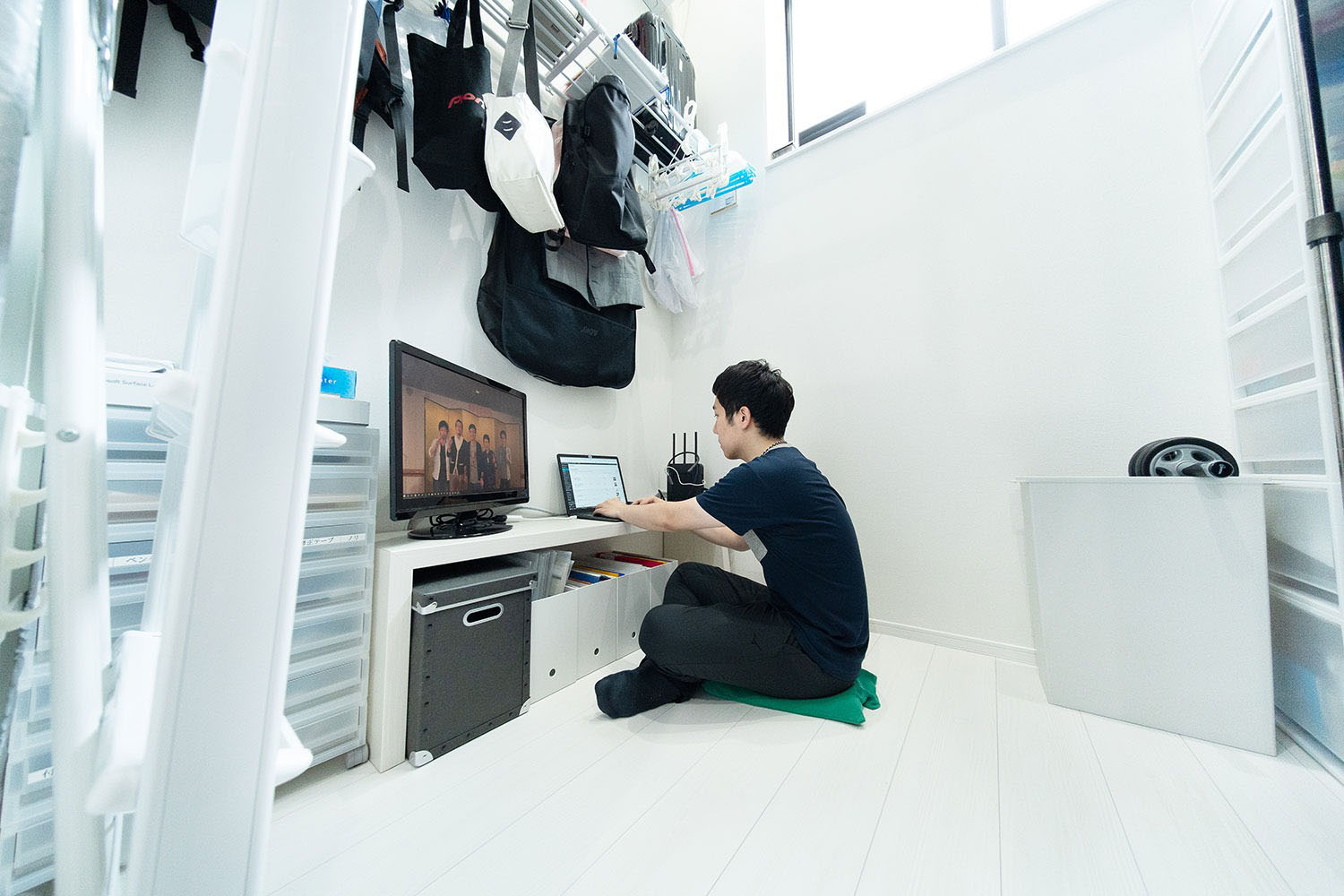
Several materials are preferred for small-scale apartments in Japan, including wood, glass, advanced composites, and prefabricated units. Wood is a common choice due to its versatility in compact spaces. It can be used for structural and interior finishes, which balance strength and aesthetic appeal. Glass or translucent materials create a sense of openness and bring in natural light, essential in making small spaces feel more extensive and inviting. Advanced composites and prefabricated units allow for quick assembly and disassembly, catering to the need for flexibility in urban living. Beds with built-in drawers, foldable desks, and wall-mounted shelves are standard features. Integrating smart home technology is also a trend, with climate control, safety features, and appliances designed to be space-saving and energy-efficient. The Tiny Inn Manekineko Gotokuji provides individual climate control and a kitchen equipped with a microwave oven, a kettle, and kitchenware, focusing on practicality and convenience within a limited space.
What furniture solutions are used to maximize space?
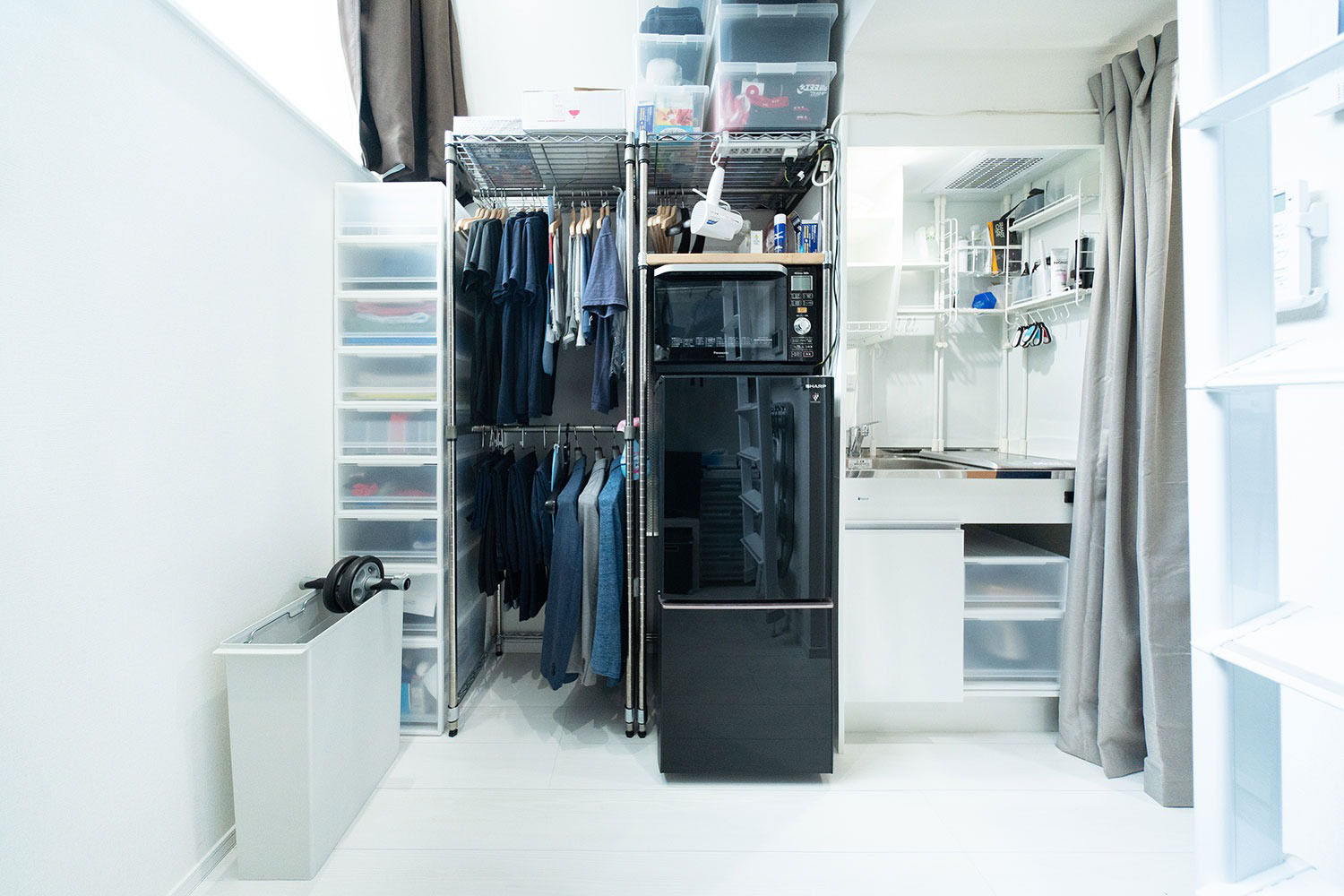
Listed below are the furniture solutions used to maximize space:
- Murphy Bed: This space-saving furniture piece, a Murphy bed, maximizes small apartment living. It folds into the wall when unused, freeing up valuable floor space. Often featuring built-in storage like shelves or drawers, it also doubles as an attractive wall unit.
- Extendable Dining Table: An extendable dining table is vital in the smallest apartments. It compactly folds down for daily use and expands to accommodate guests. This versatile piece often comes with built-in storage for added convenience.
- Corner Shelves: Corner shelves offer an ingenious solution in the smallest apartments. They utilize often-overlooked corner spaces, providing extra storage without infringing on the living area. Their design varies from floating shelves to tiered units, adapting to different décor styles.
- Stackable Chairs: Stackable chairs are a practical choice in space-limited apartments. They offer additional seating when needed and stack neatly when not in use, occupying minimal space. Available in various designs, they can easily blend with the apartment’s aesthetic.
- Under-bed storage: Under-bed storage utilizes the often-unused space beneath the bed for the smallest apartment. Drawers or rolling boxes provide convenient, hidden storage for clothes, shoes, or linens, helping to declutter the living space. This solution is effective in studio apartments.
- Folding Kitchen Island: A folding kitchen island is versatile in a tiny apartment. It extends counter space when extended and folds away for more room. Often equipped with wheels for mobility, it is a functional addition for small-scale cooking and dining.
How is the kitchen area designed to be functional in such a restricted space?
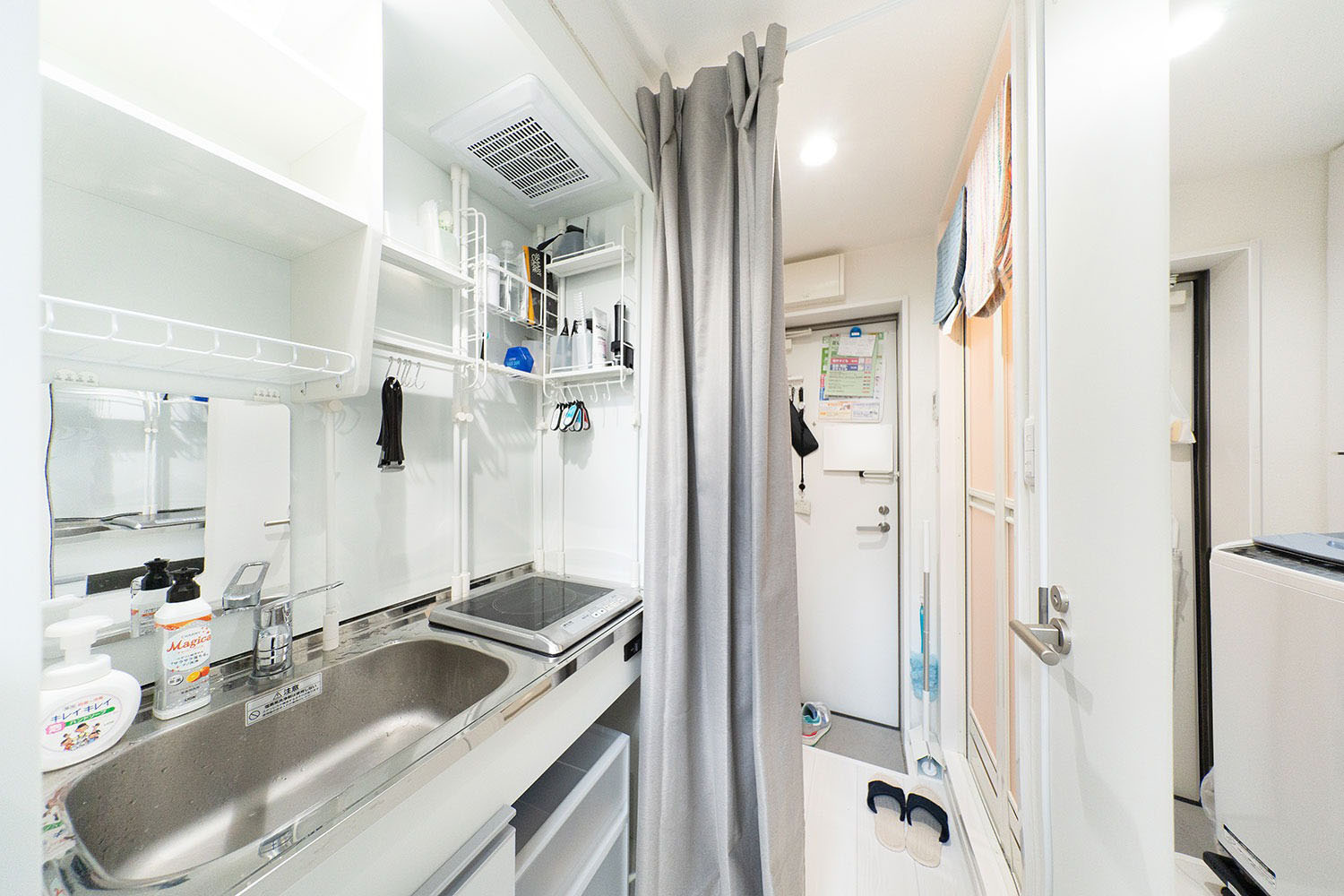
The kitchen area can be designed to be useful for several reasons. Firstly, the kitchen makes use of vertical space as much as possible. It likely has a wall-mounted fold-down table that can act as extra counter space when needed, then folds flush against the wall when unused. A microwave may also be mounted high up, freeing the limited counter space. Secondly, the kitchen maximizes storage density. Drawers and cabinets extend to the ceiling, with specialized inserts, dividers, and organizers inside to neatly store cooking equipment. The doors may have storage racks or mesh pouches to take advantage of vertical space. Stackable, nesting cookware helps fit more into less footprint. Lastly, the kitchen prioritizes multifunctional and compact appliances. There is probably a combination microwave-convection oven rather than a full stove and oven. Appliances like an Instant Pot or air fryer save space while offering multiple cooking functions.
What designs are used for the bathroom in a minimal space setting?
Several designs are used for the bathroom in a minimal space setting. Firstly, the kitchen area often utilizes compact and multifunctional appliances to save space. A two-burner cooktop might be installed instead of a full-size stove, or a convection microwave could be used to perform the duties of both a microwave and an oven. Secondly, vertical space is maximized through wall-mounted shelves and racks, which can store utensils, spices, and other kitchen essentials without taking up valuable counter space. Thirdly, foldable or retractable features are incorporated, such as a drop-down table or a fold-out counter, which can be used when needed and tucked away to free up space at other times. Fourthly, storage solutions are considered to make the most of every inch. This might include using risers in cabinets to create additional storage levels or adding organizers inside drawers to keep tools and utensils neatly arranged and accessible. Lastly, the design often includes innovative space-saving techniques such as under-counter appliances, magnetic strips for knives, and hanging pots and pans to keep the counters clear.
What are the main architectural challenges in designing such a small living space?
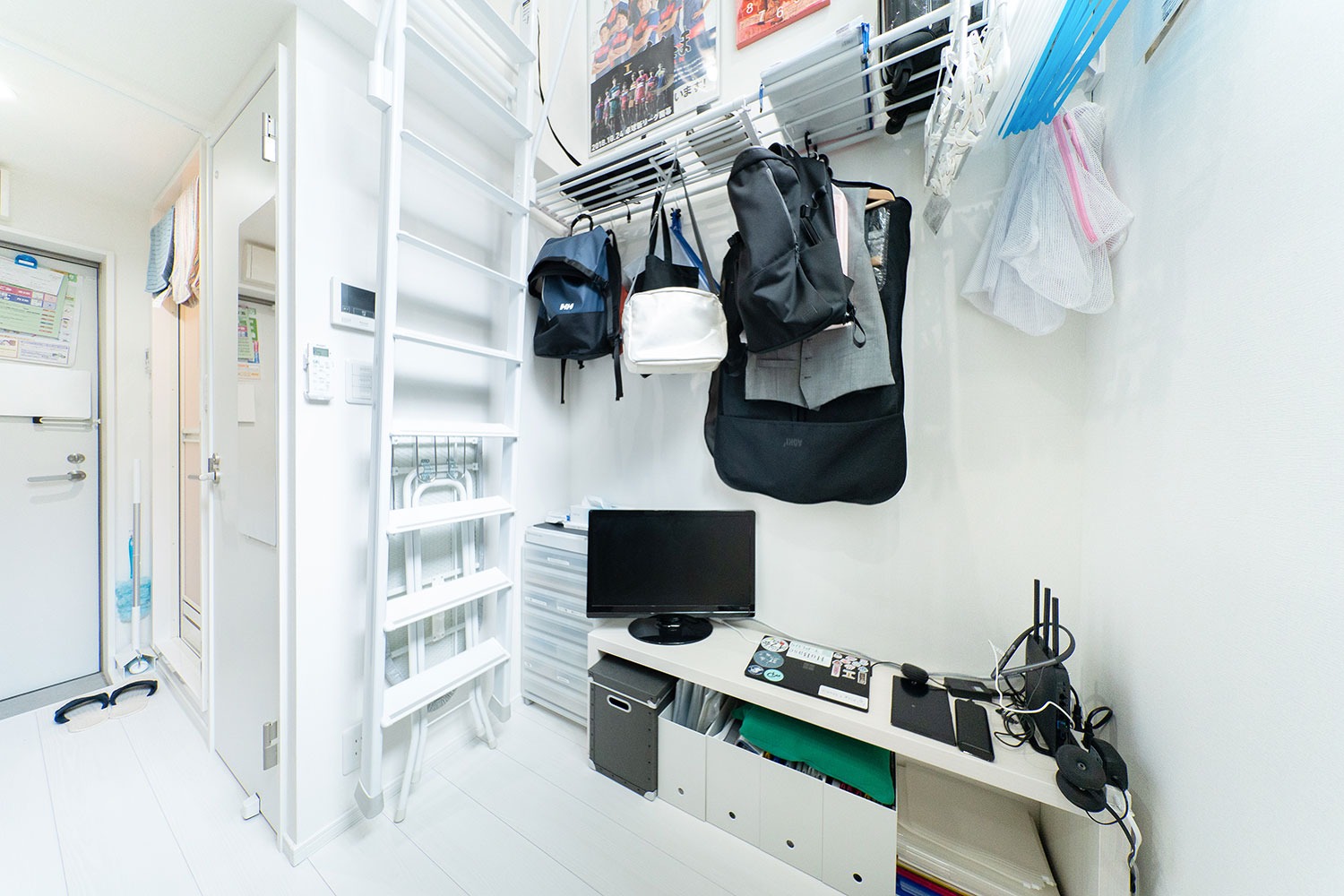
Listed below are the main architectural challenges in designing such a small living space:
- Efficient Use of Space: The primary architectural challenge in small living spaces is the efficient use of space. Designers must ensure every area serves multiple purposes without overcrowding. Ingenious solutions like foldable furniture or convertible spaces are often employed to address this issue.
- Natural Light Optimization: Ensuring adequate natural light in tiny apartments is challenging. Limited window space can result in dark interiors. Architects often use skylights, strategically placed mirrors, and translucent materials to enhance light penetration and distribution.
- Adequate Ventilation: Sufficient ventilation is crucial yet challenging in small living spaces. Limited exterior walls reduce opportunities for windows, which are essential for air circulation. Innovative ventilation systems and creative window placements are often necessary to maintain air quality.
- Storage Solutions: Creating sufficient storage space without consuming valuable living areas is a significant challenge. To maximize space efficiency, architects must design clever built-in storage solutions, such as under-floor compartments or multi-functional furniture.
- Plumbing and Electrical Systems: Integrating plumbing and electrical systems in small spaces is complex. Architects must design these systems to be efficient, safe, and hidden, often leading to custom solutions that fit tiny apartments’ unique dimensions and requirements.
- Building Code Compliance: Complying with building codes and regulations in small living spaces is challenging. These spaces must meet standards for safety, accessibility, and livability, which can be difficult in a reduced footprint. Creative design solutions are often required to meet these regulations.
- Thermal Comfort: Achieving thermal comfort in tiny living spaces is a complex challenge. Architects must find innovative ways to maintain comfortable temperatures year-round due to the limited space for insulation and HVAC systems.
- Flexibility for Future Changes: Designing small living spaces with the flexibility for future changes presents a challenge. As needs evolve, these spaces must be able to adapt without extensive renovations. Architects often incorporate modular or adjustable elements to address this need.
Is Japan’s smallest apartment part of a condominium complex?
No, the Tiny Inn Manekineko Gotokuji in Tokyo, Japan, is not a conventional condominium complex. This property is situated in the Setagaya district, a notable area within Tokyo known for its residential neighborhoods and local attractions, including the proximity to Gotoku-ji Temple. This unique housing solution responds to the acute need for efficient, space-saving designs in densely populated areas where land is at a premium. Unlike condominiums that offer a range of apartments within a larger building complex, featuring shared amenities and services, the smallest apartments, like Tiny Inn Manekineko Gotokuji, are designed to maximize individual living spaces through innovative architectural solutions, focusing on the essentials of living in a compact environment.
What is the market demand for such small apartments in Japan?
The market demand for micro-apartments and compact living spaces has ballooned in Japan’s densely-populated urban areas. Japan has grown increasingly crowded and expensive. Tiny “micro-apartment” units under 215 square feet (20 square meters) are seeing greater demand as affordable solutions for younger single residents. Views on acceptable minimum living space have shifted as more compact options enable central urban locations. Revenue from micro-units under 215 square feet (20 square meters) has expanded over 4X since 2015 to an estimated $205 million (€184 million, £157 million) annually. Average rents range from $470 (€424, £362) for an 86 square feet (8 square meter) unit to $700 (€631,£539) for 150 square feet (14 square meters). Tokyo is estimated to contain 10,000-15,000 legal micro-units, plus an unknown additional number illegally operating below regulation minimums like the Tiny Inn at 108 square feet (10 square meters).


